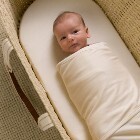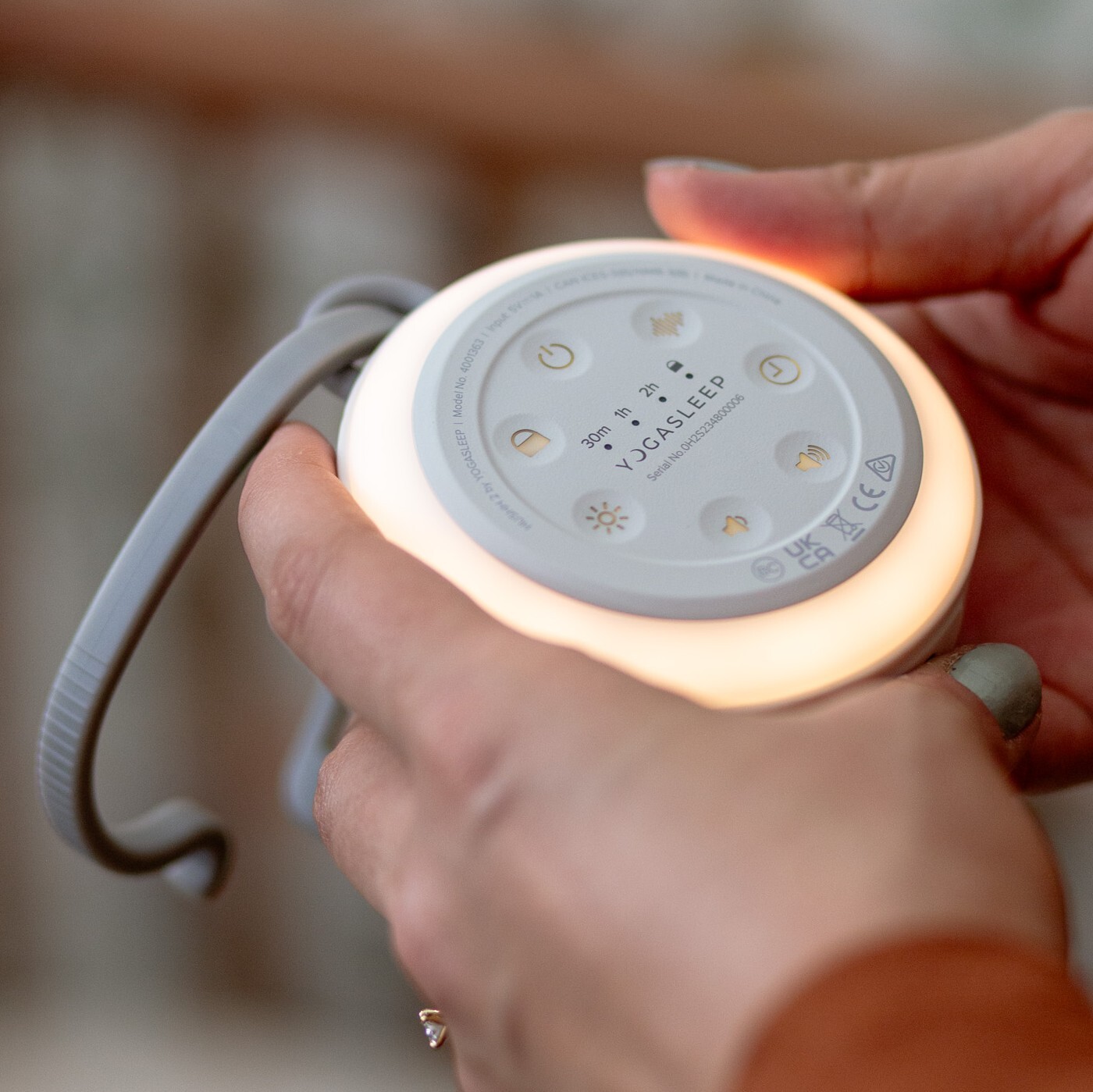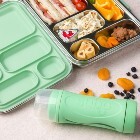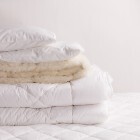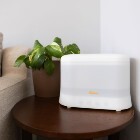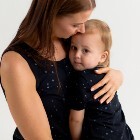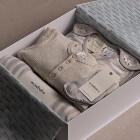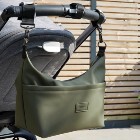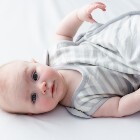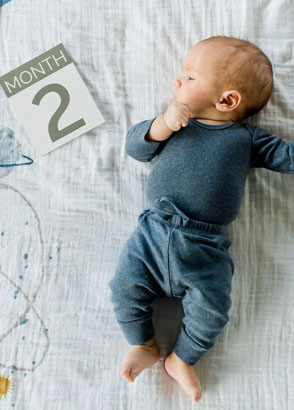From Lori O’Keefe, Correspondent at AAP - American Academy of Paediatrics
Confused about the latest messages to ensure your baby’s safe sleep? The American Academy of Paediatrics makes the following recommendations to parents and caregivers to provide a safe sleeping environment for infants and to reduce the risks of death from sudden infant death syndrome (SIDS), suffocation or entrapment while sleeping.
-
All infants should be placed on their backs to sleep until 1 year of age unless, in rare cases, directed to do otherwise by a paediatrician. There is no evidence that infants with reflux are at an increased risk of choking while sleeping on their backs. In addition, once infants are able to roll from their back to their stomach, they can remain in the sleep position they choose but still should be placed to sleep on their backs.
-
Place the baby to sleep on a firm, flat mattress with only a fitted sheet. Adult beds or soft mattresses increase the risk of suffocation.
-
Car safety seats, strollers, swings, infant carriers and infant slings should not be used for routine sleep because they can put infants in a position that places them at risk for suffocation or airway obstruction.
-
Room sharing in separate beds is recommended, but bed sharing with anybody else, including twins or other multiples, is not.
-
Keep loose bedding and soft objects such as pillows, quilts, comforters, bumper pads or sheepskin out of the crib.
-
Evidence indicates that women who receive regular prenatal care put their infants at a lower risk of SIDS.
-
Avoid smoke exposure, alcohol and illicit drug use during pregnancy and after birth because they are associated with an increased SIDS risk.
-
Exclusive breastfeeding, if possible, for the first six months of life is recommended because it has been proven to help provide protection against SIDS, but any amount of breastfeeding has some protective effect.
-
Once breastfeeding has been established, consider offering a pacifier to infants at sleep times. If it falls out of the mouth during sleep, it does not need to be reinserted because the protective effect from SIDS continues even after it has fallen out.
-
Do not overdress the baby as overheating can be a risk factor. Infants should not be dressed in more than one layer than an adult would wear.
-
Make sure infants are up-to-date on their immunisations, which have a protective effect against SIDS.
-
There is no reason to use devices such as wedges, positioners, special mattresses or sleep surfaces, or home cardio respiratory monitors that are advertised to prevent SIDS.
-
Give the baby supervised tummy time every day while awake.
© 2011 American Academy of Pediatrics. This information may be freely copied and distributed with proper attribution.



